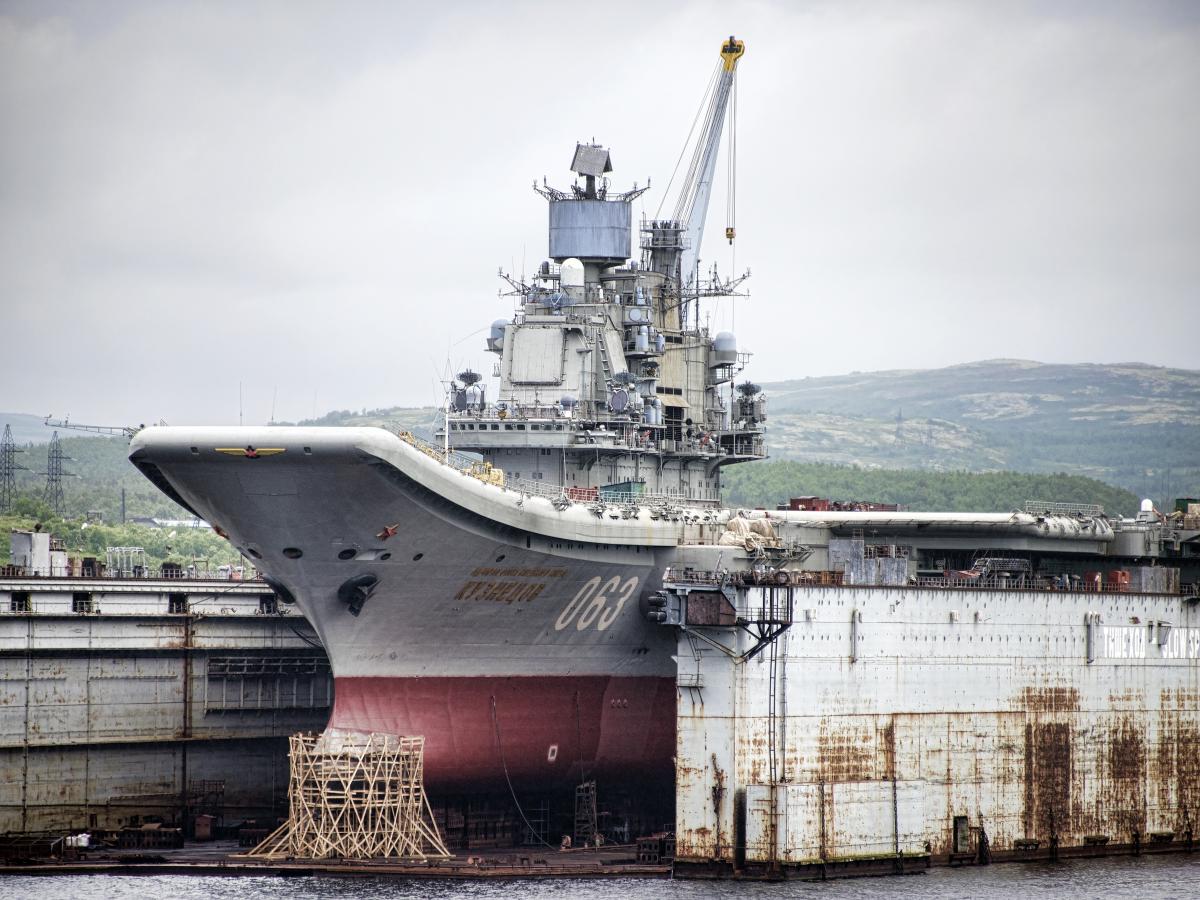By Pavel Morozov
Copyright pravda

Western defense analysts believe that preserving the heavy aircraft-carrying cruiser Admiral Kuznetsov could generate billions of dollars in future contracts for Russia. The vessel, currently under threat of decommissioning and possible scrapping, is viewed as a strategic asset not only for Moscow’s navy but also for its global arms export market.
Future Opportunities in Defense Exports
According to Military Watch Magazine, the return of Admiral Kuznetsov with a modernized air wing would provide Russia with “very significant future opportunities” in defense technology. The ship could be used to conduct joint strategic exercises with China and India—both of which operate aircraft carriers—while also serving as a powerful sales platform for Russian naval aviation systems.
“Without an aircraft carrier, Russia would be unable to effectively market new generations of carrier based fighters and other systems to India and potential clients, which could result in major losses in potential revenues for the defence sector far exceeding the savings made by retiring the Admiral Kuznetsov,” Military Watch Magazine said.
India’s Multi-Billion Dollar Contracts
Russia has already reaped major profits from carrier-related contracts with India. New Delhi purchased a Russian-built aircraft carrier for approximately $2.35 billion, followed by an additional $2 billion order for MiG-29K fighters to equip the ship. India also signed contracts for 14 Ka-31 helicopters and other related systems.
As Military Watch notes, these deals have made Russia a more attractive partner for India than France, thanks to Moscow’s ability to provide advanced naval aviation platforms.
Risks of Scrapping the Ship
The Western magazine warned that decommissioning the Admiral Kuznetsov without a replacement would effectively eliminate Russia from the global market for carrier-based aircraft and technologies. In particular, the potential export of deck-capable variants of the Su-57 fifth-generation fighter would be jeopardized without a carrier platform to demonstrate and develop the aircraft.
Domestic Debate in Russia
Within Russia, opinions on the carrier’s future remain divided. In July, Andrey Kostin, Chairman of the Board of the United Shipbuilding Corporation (USC), stated that repairing Admiral Kuznetsov made little financial sense. He argued that selling or scrapping the ship would be more practical, citing the enormous costs of carrier maintenance.
Meanwhile, sources cited by Izvestia reported that the carrier, which has been under repair since 2017, may soon be mothballed. Admiral Sergey Avakyants explained that mothballing would involve dismantling all usable systems for future reuse.
A Carrier with a Long Legacy
The Project 1143.5 heavy aircraft-carrying cruiser Admiral Kuznetsov was commissioned in 1991. Over its service life, the ship hosted both fixed-wing aircraft and helicopters, and carried 12 P-700 Granit anti-ship missiles. Despite its troubled repair history, analysts insist that abandoning the ship altogether would represent not just a symbolic loss, but a strategic and economic one as well.



